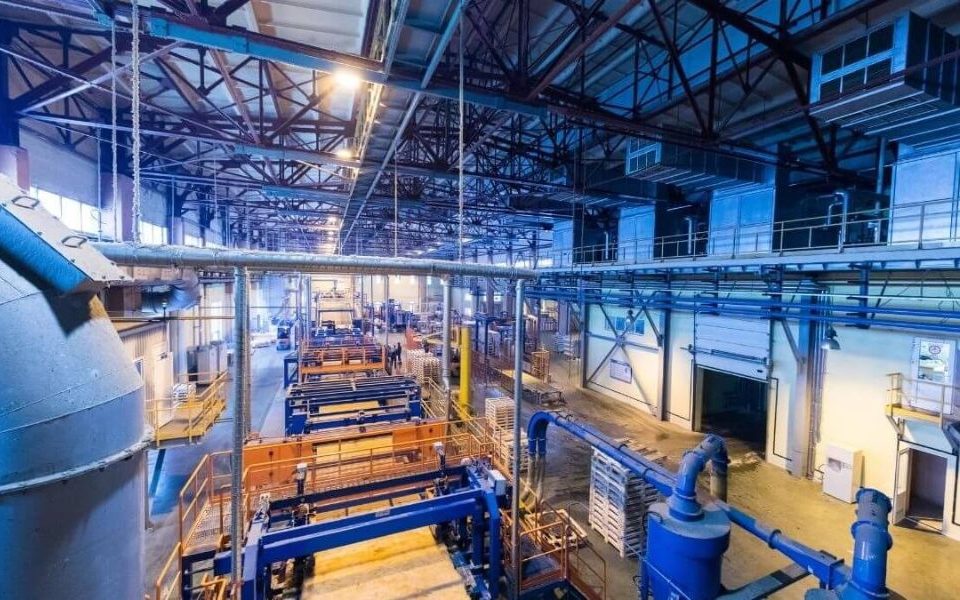
Environmental Aspects and Impacts: A Guide to ISO 14001:2015
February 28, 2024
What Are Some Things A Business Owner Should Consider Before Open A Franchise?
July 16, 2024The ISO 14001:2015 Process in Your Workplace:
ISO 14001:2015 guides organizations through a comprehensive process of identifying environmental aspects, evaluating their impacts, and implementing strategies for continuous improvement. In this article, we outlined the key steps involved in integrating ISO 14001:2015 into your workplace:
- Identification and Evaluation:
Conduct a thorough evaluation of workplace operations, considering aspects like water and energy consumption, product creation, and waste production. Evaluate the significance of each aspect to prioritize actions effectively.
- Setting Objectives and Targets:
After identifying and evaluating aspects, set objectives and targets to minimize adverse impacts and maximize positive ones. Establish clear goals, such as reducing water usage or improving energy efficiency.
- Implementation and Monitoring:
Put your plans into action, which may involve changes in processes, employee training, or adopting sustainable practices. Continuously monitor progress and make adjustments as needed to ensure ongoing improvement.
- Documentation and Communication:
Documenting environmental aspects, impacts, objectives, and progress is crucial for ISO 14001:2015 compliance. Transparency and accountability are achieved by sharing this information with employees and stakeholders, fostering a culture of environmental responsibility.
- Continuous Improvement:
Environmental management is an ongoing journey. ISO 14001:2015 encourages a cycle of constant self-assessment to gauge the effectiveness of actions and identify opportunities for further enhancements.
Incorporating ISO 14001:2015 into your workplace involves a structured process of identifying, evaluating, and strategically addressing environmental aspects. From setting objectives and targets to implementing sustainable practices and ensuring transparent documentation, each step contributes to building a culture of environmental responsibility. The emphasis on continuous improvement reflects a commitment to long-term sustainability. By embracing ISO 14001:2015, your workplace not only meets regulatory standards but positions itself as a conscientious contributor to a more sustainable future.





